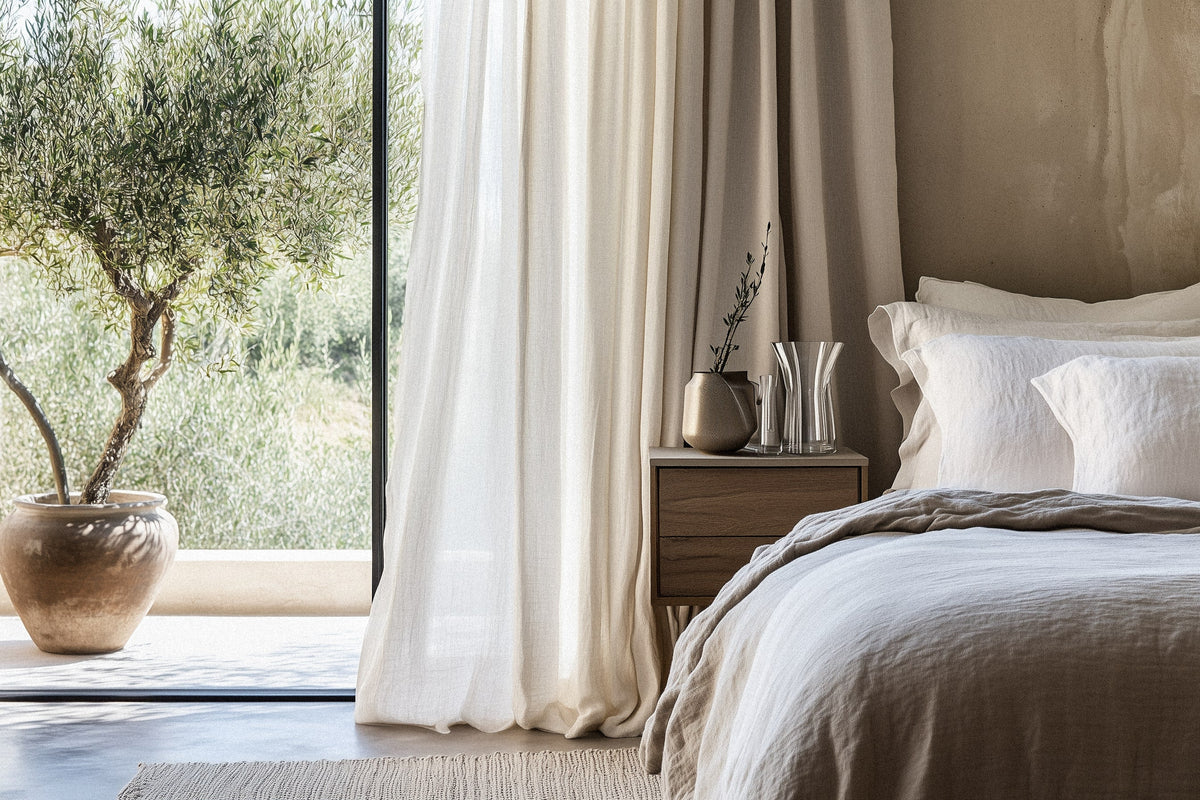
Beyond the Wardrobe: Cultivating a Life of Purpose Through Slow Living
Tiempo de lectura 4 min

Tiempo de lectura 4 min
SUMMARY
Slow living isn’t about denying modern conveniences—it’s about making intentional choices that enrich your daily life and well-being. Grounded in cognitive science, this guide explains how mindfulness practices, thoughtful environments, quality experiences, and meaningful relationships significantly improve emotional health, cognitive function, and overall happiness..
At its core, slow living is intentional living—a conscious choice to move away from hurried productivity toward mindful experiences. It’s about reclaiming time and presence in an overstimulated world.
Neuroscientific studies show intentional living decreases stress, enhances emotional resilience, and promotes overall satisfaction by activating areas of the brain responsible for emotional balance and long-term contentment. It supports the development of the prefrontal cortex, which governs decision-making, focus, and self-awareness.
By intentionally curating our lives—how we spend time, what we consume, and who we surround ourselves with—we gain a greater sense of control, improved emotional health, and the kind of deep, lasting fulfillment that fleeting distractions rarely offer.
Practicing mindfulness is more than a passing trend—it is supported by robust scientific evidence confirming its positive impact on cognitive function. Mindfulness strengthens the prefrontal cortex, boosting your ability to concentrate, regulate emotions, and make thoughtful decisions. Additionally, mindful meditation has been proven to lower cortisol levels, significantly reducing stress ( Harvard Research on Mindfulness ).
How to practice mindfulness effectively:
Your surroundings directly influence your mental and emotional state. Cognitive psychologists have shown that visual clutter negatively impacts attention span, increases stress levels, and reduces cognitive efficiency ( Study: Impact of Clutter on Cognition ).
Practical ways to declutter mindfully:
Regular reading habits, particularly literary fiction, significantly strengthen neural pathways associated with empathy and emotional intelligence. By engaging in meaningful reading rituals, you foster cognitive longevity, emotional depth, and improved memory.
Establishing your reading ritual:
Research consistently demonstrates that experiences lead to greater and more enduring happiness compared to material possessions. Experiences foster identity-building, personal growth, and lasting memories, contributing to a sense of meaningfulness.
Tips for enriching experiences:
The Harvard Study of Adult Development, an extensive 80-year research effort, conclusively identified quality relationships as the strongest predictor of lifelong happiness and health ( Harvard Adult Development Study ). Slow living emphasizes meaningful interactions, fostering emotional depth, trust, and fulfillment.
Building meaningful relationships:
Integrating slow living into a busy routine is achievable with practical adjustments:
Slow living encourages deliberate, meaningful choices over frantic activity, promoting deeper satisfaction and improved mental well-being.
Absolutely. Slow living is adaptable; even small adjustments like mindful breaks or daily rituals can significantly enhance daily satisfaction.
Yes. Reducing visual clutter is scientifically proven to lower anxiety, improve concentration, and increase productivity.
Regular mindfulness practice has been scientifically confirmed to physically reshape brain areas related to emotional regulation and decision-making.
Yes, periodic digital detoxes—intentional breaks from digital devices—support emotional balance, reduce stress, and enhance present-moment awareness.
Slow living isn’t about rejecting the modern world or dramatically altering your pace; it’s about consciously prioritizing what brings true enrichment and fulfillment. Neuroscience affirms its positive effects—strengthened emotional resilience, enhanced cognitive function, improved relationships, and sustained happiness.
By cultivating intentional habits, thoughtful environments, meaningful social connections, and rich experiences, slow living allows you to craft a life of purpose, quiet confidence, and enduring satisfaction.
Marcus Aliaga
With over 25 years of experience in the luxury fashion industry, Marcus champions artisanal excellence and ethical practices, offering a thoughtfully curated approach to style that celebrates subtle sophistication and the rich stories behind every garment.